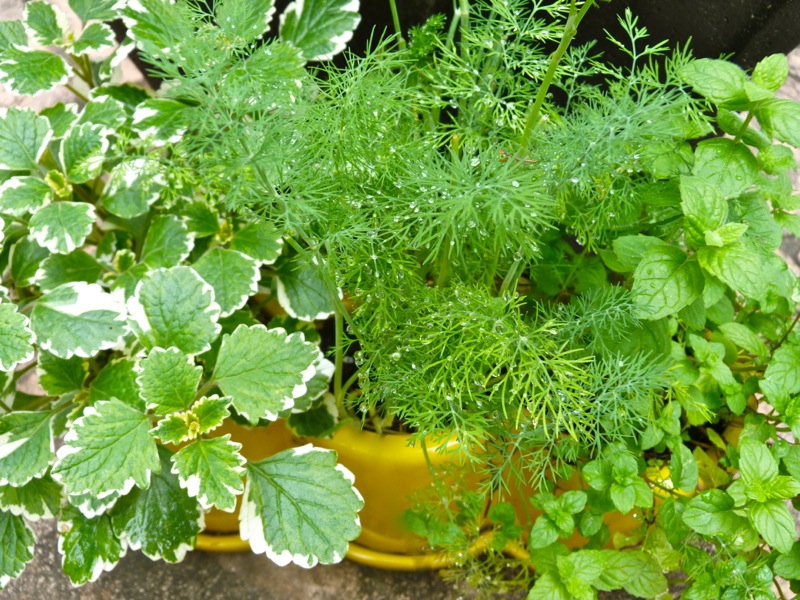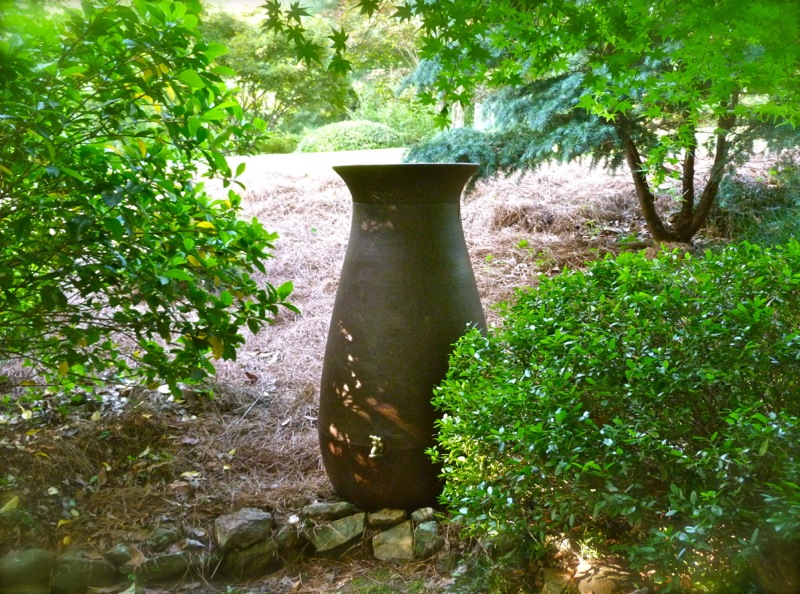Add Some Spice With Plectranthus
 Saturday, May 19, 2012 at 5:00AM
Saturday, May 19, 2012 at 5:00AM Call it whatever you want, but chances are you will love Plectranthus amboinicus. It is an herb with many names, including Mexican mint, Indian borage, Spanish thyme, and big thyme. I know it as Cuban oregano, though it did not originate in Cuba. In fact, in Cuba it is commonly called French oregano! Nor is it oregano. A member of the mint family, the leaves emit a powerful aroma when crushed or rubbed against. The scent is a cross between sage and oregano, but the plant is more closely related to coleus than to either sage or oregano. It is not a surprise that one can find the plant also listed as Coleus amboinicus.
Native to southern and eastern Africa, plectranthus is used as a culinary herb in many parts of the world. It can be substituted for sage or oregano and is used in salsas, salad dressings, herb breads, and stuffing for meats. The peppery taste of the raw leaves becomes sweet when cooked, and in India they are often battered and fried. Traditionally, this herb has many medicinal uses as well. A tea can be made from the leaves that is useful for sore throats, headache, cough, and various viral infections.
Well! All that, and I grow it because it is beautiful. It is available in plain and variegated forms.  I love this variegated form of Cuban oregano. The leaves and stems are somewhat hairy.This specimen is planted in partial sun in my woodland garden.
I love this variegated form of Cuban oregano. The leaves and stems are somewhat hairy.This specimen is planted in partial sun in my woodland garden.
 Cuban oregano also grows on my patio in an herb pot along with dill and mint.
Cuban oregano also grows on my patio in an herb pot along with dill and mint. Last year I grew Cuban oregano as a companion to other plants in a large container.While primarily a foliage plant, plectranthus does produce delicate pink or blue flowers in late summer to early fall. It can grow up to 20 inches tall and may have a sprawling habit, making it perfect to spill over the edge of a hanging basket or pot. Allowed to spread, it makes a good ground cover. It does best in sun to shade in moist soil with lots of organic matter. Unpalatable to deer, Plectranthus is usually pest free. Cuban oregano is hardy in zones 9-11. It is quite cold sensitive, but in cooler regions it can overwinter as an attractive houseplant. Cuttings root easily in damp soil or water.
Last year I grew Cuban oregano as a companion to other plants in a large container.While primarily a foliage plant, plectranthus does produce delicate pink or blue flowers in late summer to early fall. It can grow up to 20 inches tall and may have a sprawling habit, making it perfect to spill over the edge of a hanging basket or pot. Allowed to spread, it makes a good ground cover. It does best in sun to shade in moist soil with lots of organic matter. Unpalatable to deer, Plectranthus is usually pest free. Cuban oregano is hardy in zones 9-11. It is quite cold sensitive, but in cooler regions it can overwinter as an attractive houseplant. Cuttings root easily in damp soil or water.
Special note: Thanks is due to Elephant's Eye, a South African blogger whose suggestion prompted this post. This one is for you, Diana!
 Permalink
Permalink  Cuban oregano,
Cuban oregano,  Plectranthus,
Plectranthus,  herb garden in
herb garden in  herb garden
herb garden 

